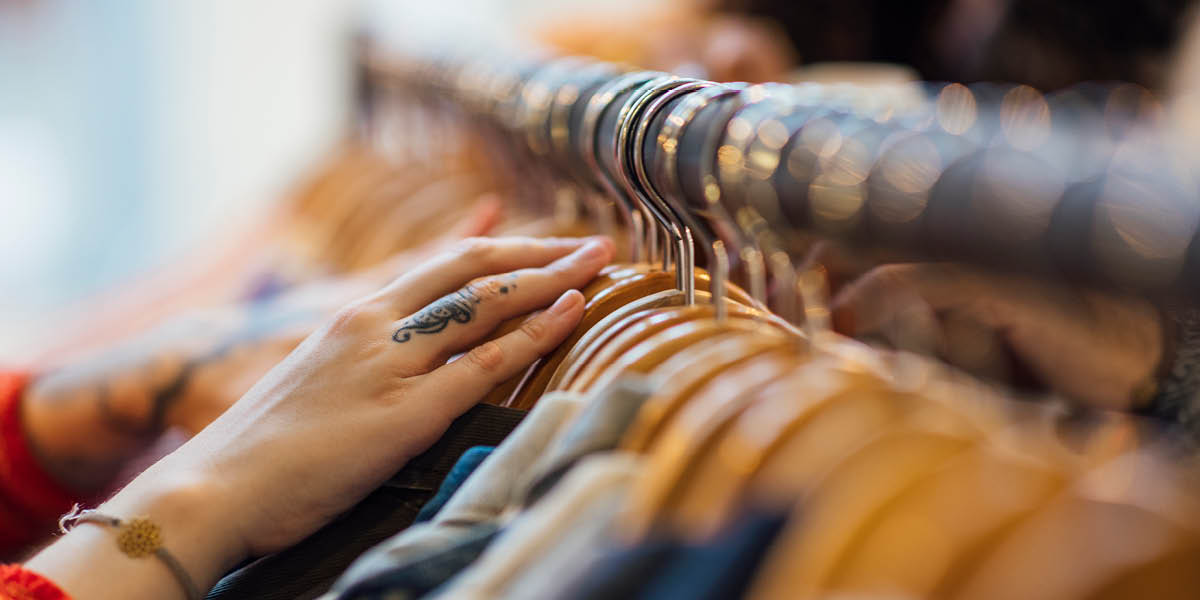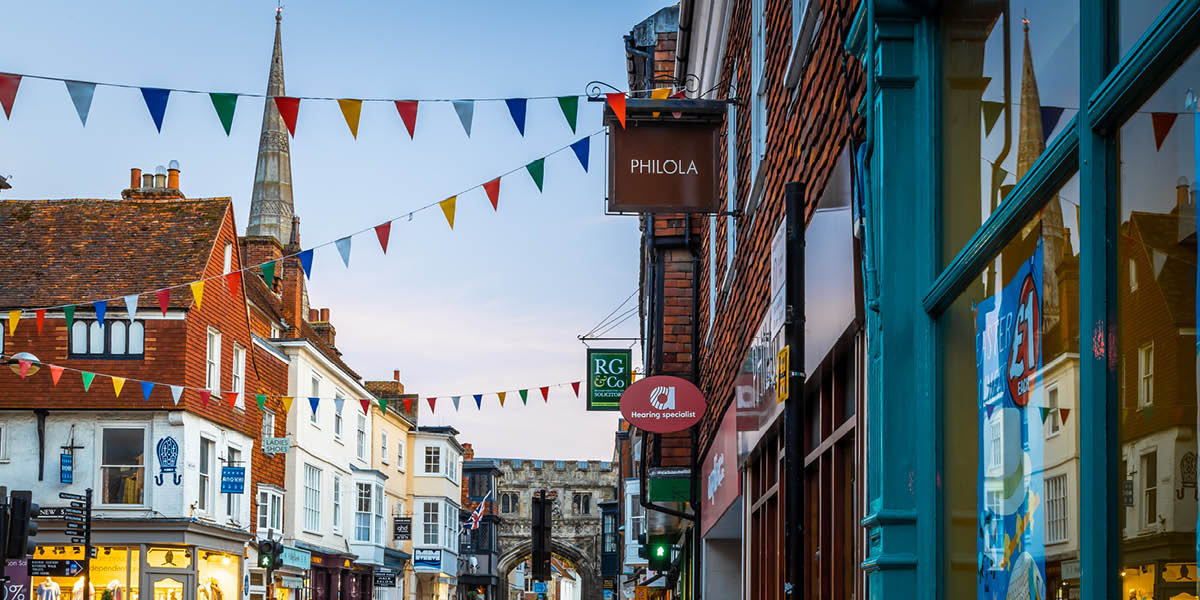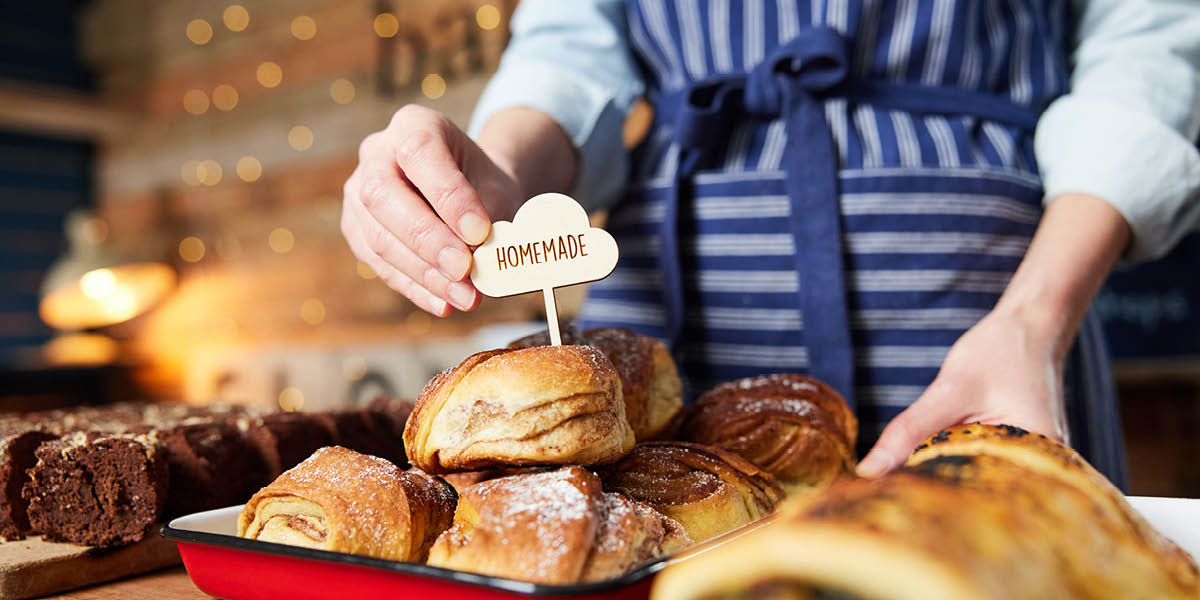Of course, it’s never quite so simple. Research paints a mixed picture – so who has returned to shopping in bricks-and-mortar stores, what are they buying, and why?



Reviving the high street
The closure of some high street names has led to opportunities for new businesses to spring up. PWC research shows that cake shops have been a surprising winner, along with takeaways and convenience stores.
Longer term, the Government has announced plans to invest in high streets, making them “thriving places to work, visit and live”.
Retailers must do their part, too. That means investing in improving the customer experience in their physical stores, making them places where people are eager to spend time and money.
Get in touch
At Linney, we are excited about the opportunities for retail. As experts in shopper marketing services, we’re confident we can help you appeal to customers in our post-pandemic age and contribute to the high street revival.